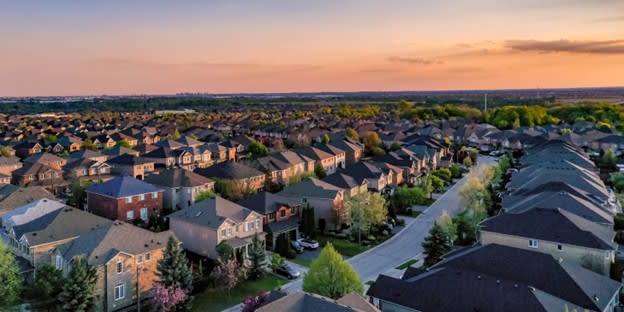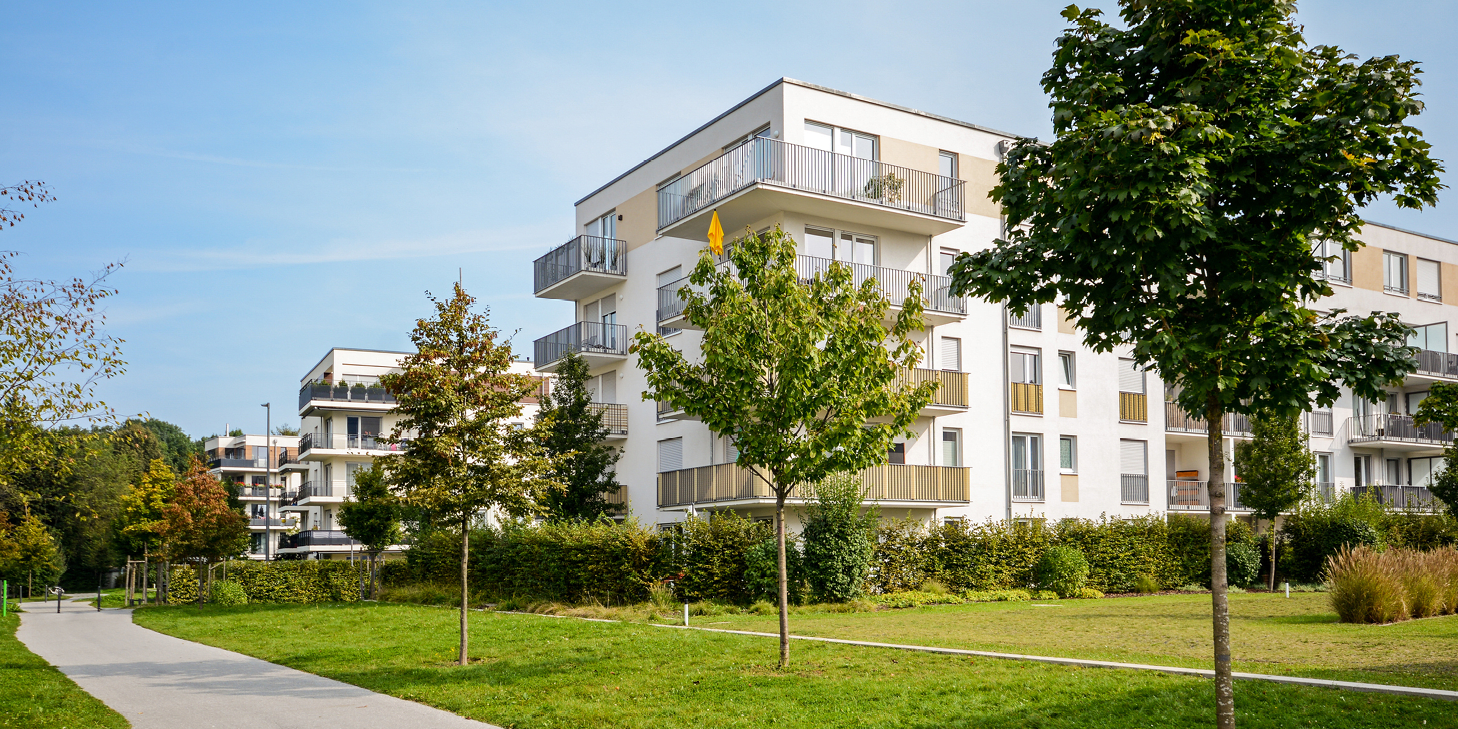The Top 6 FAQs About Common Areas

Communities offering shared spaces where residents can connect, relax, and engage in recreational activities make them some of the most sought-after housing models in the industry. To learn more about these shared spaces, find answers to the top six frequently asked common area questions below.
1. What Is a Community Common Area?
Common areas are community spaces that residents can access within the neighborhood. These areas are available to all homeowners for use and enjoyment as part of their membership.
While all communities are unique and offer different amenities, some common area examples include:
- Swimming pools
- Fitness centers
- Clubhouses
- Business centers
- Community parks
- Playgrounds
- Tennis courts
- Pickleball courts
In addition to amenities, other spaces in the community that aren’t located on private lots are also considered common areas. For example, sidewalks, streets, parking lots, shared building hallways, and elevators fall into the common area category. In contrast, properties owned by individual residents aren’t common areas.
2. What Are Common Area Rules?
Every community establishes rules and regulations for their community’s common areas. These specific regulations are included in the governing documents. The Declaration of Covenants, Conditions, and Restrictions (CC&Rs) provides instructions on things like:
- How residents should use the common areas
- Who is allowed in the shared spaces
- The hours of operation
- Safety warnings and restrictions
As members, homeowners must agree to follow common area guidelines to help prevent injuries and damage. This is why it’s essential for leaders to share common area rules and remind residents of their responsibilities within these community spaces.
3. Who Owns Common Areas?
Common areas are equally owned by all the homeowners in the community. Each owner pays regular dues that go towards operations and common area maintenance, giving them an equal share of ownership. Because of this, residents can vote and influence decisions regarding shared areas and amenities.

4. Who Is Responsible for Common Area Maintenance?
While homeowners share interest and ownership in common areas, the responsibility of maintaining these shared spaces and amenities generally falls on the association’s board or council.
Outlined in the association’s governing documents, common area duties may include:
- Creating a community maintenance calendar
- Completing regular inspections of shared spaces
- Scheduling common area landscaping upkeep
- Reviewing and addressing maintenance requests
- Ensuring enough reserve funds are set aside for major repairs or improvements
- Working with qualified repair and maintenance professionals
Depending on the size of your community, you may also work with a volunteer committee, community manager, or third-party company to maintain common areas. Proper maintenance is key to resident satisfaction, strong property values, and user safety.
5. Are Common Areas Safe To Use?
Keeping shared areas safe with regular maintenance is a priority for any community. When amenities are in disrepair, or leadership fails to fix a reported issue, it can lead to injuries and legal problems. It’s also frustrating for homeowners who pay dues to deal with hazardous conditions in common areas.
With so much at stake, communities typically do everything to keep shared areas and amenities as safe as possible. Leadership will take steps to improve safety in community spaces, such as:
- Replacing dated equipment regularly
- Checking common area lighting and locks
- Keeping shared spaces clean and free of clutter
- Repairing issues as soon as possible
- Restricting access until repairs or improvements are complete
- Providing a quick and easy way for homeowners to report safety concerns
6. Who Pays for Common Area Insurance?
Comprehensive community insurance also called a master policy, protects homeowners if an accident occurs on community grounds. When an unforeseen event causes property damage or a personal injury, this insurance will usually cover the expenses associated with the incident. But who pays for this insurance, and does it cover common areas?
The cost of insurance is included in homeowners’ monthly or annual assessments, so there’s no additional expense to residents who are up to date with their dues. Carrying this type of policy typically provides coverage for property damage and liability expenses in shared community spaces, including pools, parks, and playgrounds.